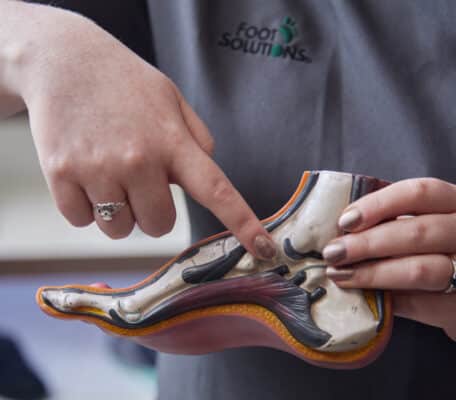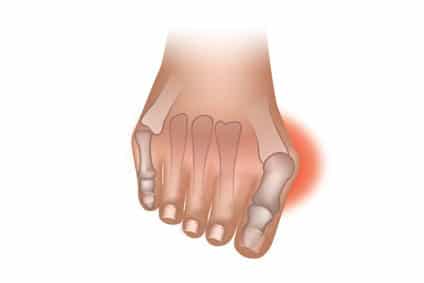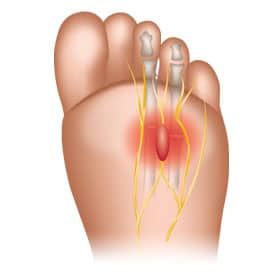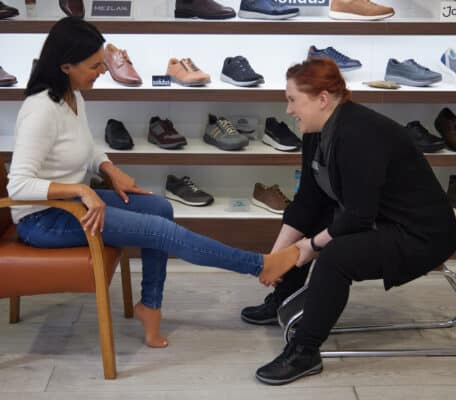There’s nothing quite like a gorgeous pair of high heels, right? Jimmy Choos, Louboutins, or Manolo Blahniks – they are the perfect foundation for a beautiful ensemble. They may be beautiful, but they can also be quite painful. Sometimes, when that pair of heels is beckoning, we may think that we’re willing to suffer for beauty. However, after walking a short distance and feeling the pain, we start to reconsider.
High heels aren’t the end of the world if they are only worn on occasion, and for short periods of time, and if they aren’t too high. Wearing them frequently, though, can really be bad news for your feet. All of the weight and pressure of your body is concentrated in your feet when you stand or walk. When you wear flat shoes, that pressure is spread out across the entire foot. When you wear high heels, though, the pressure is all placed on the balls of the feet. Naturally, this can cause pain.
High heels don’t just make your feet hurt, either. They affect your posture and gait and can cause pain throughout the body. High heels shift the pressure of the body so that there is increased pressure on the lower back, causing pain there. It can also cause pain in the calves of the legs.
If you must wear heels, try to wear them only for short periods of time. It is also better for your feet to wear a wedge or wide, chunky heel rather than a stiletto. The wider base provides greater distribution of the body’s weight.
Try to stick with heels that are two inches high or less. A one inch heel increases the pressure of the body on the feet by 22%. A two inch heel increases the body’s pressure on the feet by 57%, and a three inch heel increases the pressure by a whopping 76%.
Heels and Bunions
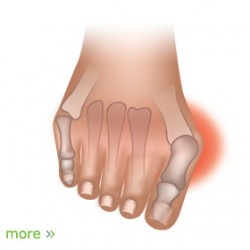 A bunion is an abnormal growth of bone on the toe. A bunion occurs at the joint near the base of the big toe. A bunion that presents on the little toe is called a bunionette. Bunions often make the big toe look like it is crooked, as if it points toward the smaller toes. Bunions develop when the big toe is crowded against the smaller toes, bending the joint in the opposite direction.
A bunion is an abnormal growth of bone on the toe. A bunion occurs at the joint near the base of the big toe. A bunion that presents on the little toe is called a bunionette. Bunions often make the big toe look like it is crooked, as if it points toward the smaller toes. Bunions develop when the big toe is crowded against the smaller toes, bending the joint in the opposite direction.
This results in the joint of the toe becoming enlarged, which further crowds the smaller toes. In appearance, a bunion resembles a big lump on the side of the big toe, at the toe’s base. Often, the surrounding skin is red and calloused. Bunions can be quite painful.
It is quite common for women to develop bunions as the result of wearing high heeled shoes. The cramped, narrow toe box of high heels and the pressure placed on the front of the foot combine. The foot is squashed into the high heeled shoe with no room to move, and this can cause permanent consequences in the form of a bunion.
The moral of the story here is to avoid high heels. Try to limit them to no more than a few hours a day, and don’t wear them every day. Stick with a lower heel, two inches or less. Choose a wider heel rather than a stiletto.
As often as possible, wear comfortable, supportive shoes. Visit Foot Solutions UK. We offer a wide selection of women’s shoes that are both attractive and comfortable, so stop in to browse the options today.


